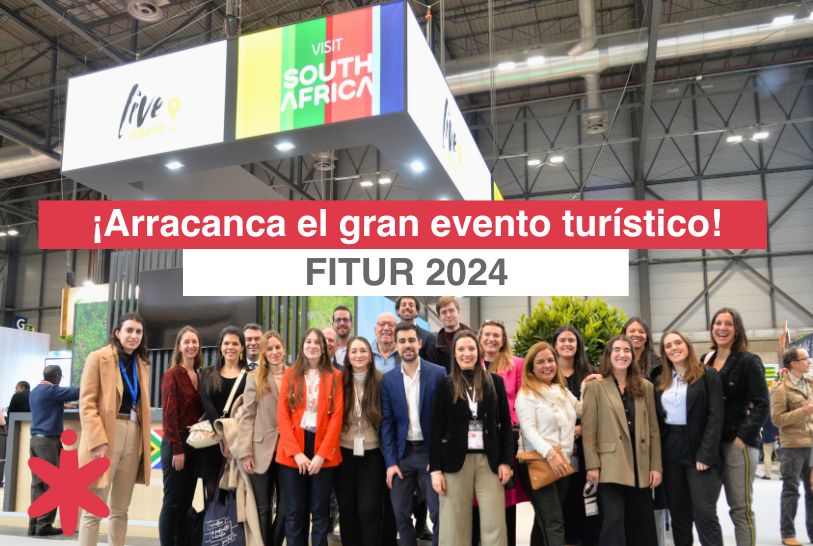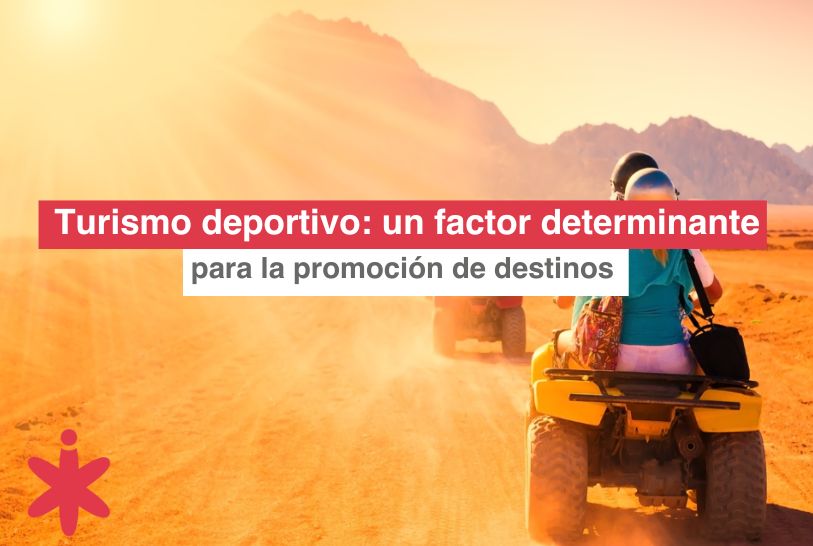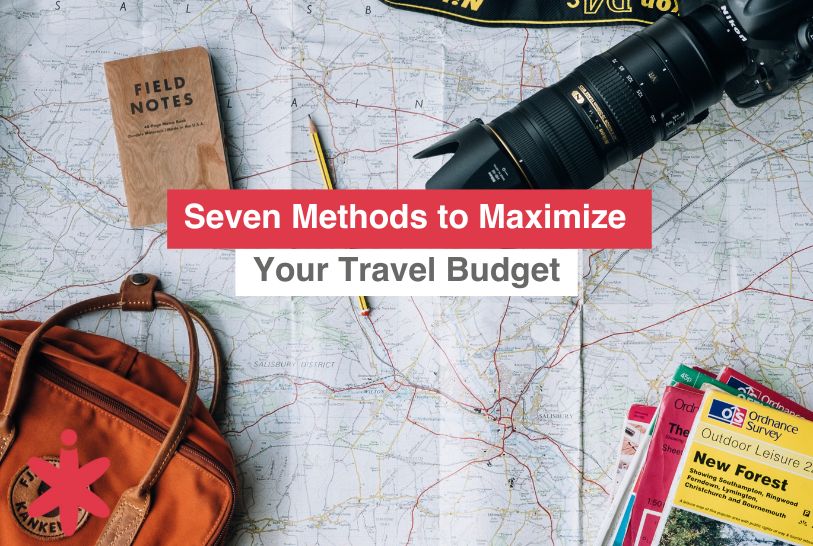Active tourism grows 18% in the last year
Active tourism grows by 18% in the last year

Evolution of MICE tourism in Spain
10/05/2022
Wellness Tourism: the pandemic’s gift to the market
30/05/2022Active tourism grows by 18% in the last year

Active tourism saw an 18% increase in 2021, per data from the “Anuario Estadistico del Turismo 2022”. Increased environmental awareness and the growing need for outdoor activities have resulted in Spanish tourists being drawn to offers of this kind, recommended by travel agencies.
There is no doubt that the post Covid-19 effect had a great impact on final consumer behaviour change. On a global level, one can note that one of the greatest changes has been seen in forms of tourism. Of particular note is that of active tourism, which as understood in this article, involves a form of physical activity or an intercultural exchange to be close to nature. The type of tourist drawn to such activities are those that look to breach their comfort zone to explore and discover new places in varied destinations.
Thanks to our Business Intelligence platform, Travellyze, we have been able to analyse the profile of the “adventure-traveller”, as well as some demographic data and tourist behaviour when selecting a destination, such as in the planning of their trip, and more.
Information on the profile of the Spanish adventure – traveller
- Their age ranges between 25-34 years old
- 44% are usually married or live with their partner
- Household income: 18,999-35,999€ (41.2%)
- 4 out of 10 travellers have a yearly budget between 1,000€, to 3,000€
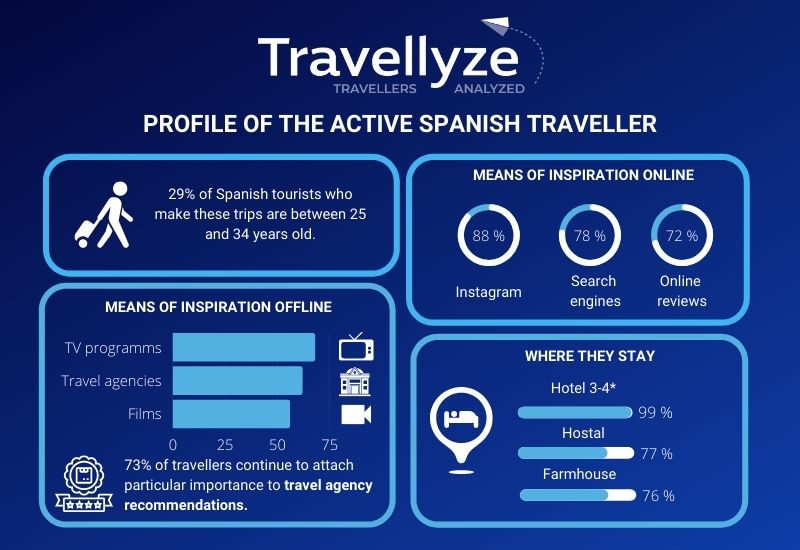
Sources of inspiration for the active tourist
The digital age has promoted the use of social media and search engines as sources of inspiration for tourists. Travel agencies and their experts continue to be of importance in decision making, providing valuable insight that influences traveller decision-making.
Online sources of inspiration
Instagram (88.2%) is the primary source of inspiration for tourists, presenting a reality for future travel in image form, inspiring travellers to opt for this form of tourism. This demographic is thus far more familiar with social media channels.
Search engines (Google, Bing…) fall slightly behind (78.4%), and therefore continue to play an important role in decision-making.
Offline sources of inspiration
Nevertheless, offline sources, especially TV programmes (68%) also stand out, presenting travel experiences in visual form through documentaries and travel programmes.
These are followed by travel agency recommendations (72.9%), providing advice on activities, thus helping traveller decision-making.
Decisión-making factors
The primary factor influencing the active tourist’s final decision making are open-air experiences (44.7%), seeing an increase in the post-covid era.
Further notable factors include safety and low crime rates, as well as the search for new experiences when travelling.
It is worth noting that over the course of the past year fine dining almost doubled in importance compared to our last survey (a 95% increase).
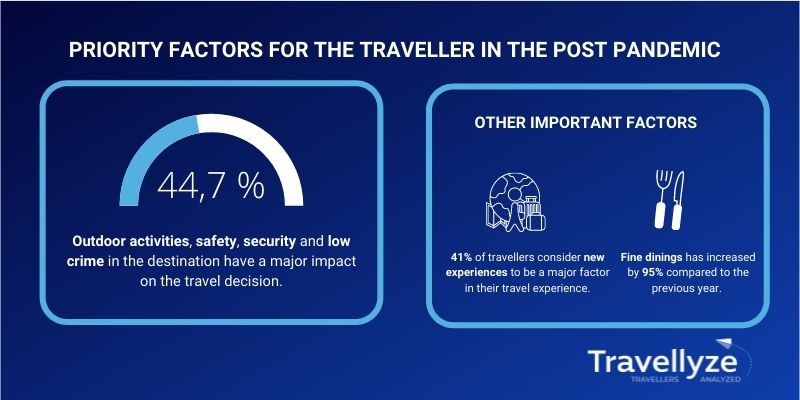
Adventure traveler behaviour analysis
This traveler generally plans their trip in between April and September, coinciding with the market’s prime holiday season (and its respective bank holidays).
With regards to their preferred choice of accommodation, one can note how 3-4* hotels are most desired, stressing that despite how these travelers seek adventure and new experiences, the possibility to rest and unwind is still of importance. Likewise, hostels follow 3-4* hotels as the second most desired choice, followed by farmhouses, both seeing the greatest increases from last year.
Sustainability
For these travelers, social responsibility is one of the most important factors when traveling. When choosing sustainable transportation, 60.3% opted to take a train or bus instead of an airplane, helping to lower their carbon footprint.
The destinations looking best to gain from the active – tourist
As seen in the graph, Spain is best placed in image for this demographic. Our data confirms that Spanish travelers opt for destinations close to home, or across Europe, a new trend possibly caused by sanitary factors (however, this trend will be analysed when new post Covid-19 protocols for travellers come into place).

Active tourist trends 2022
- A desire to lower carbon footprints and the growing need to protect the environment prioritise tourist destination choices
- A desire for non-crowded spaces, with small groups and open-air spaces, to reconnect with natural spaces
- New experiences depending on tourist ability and physical condition
- A tourist profile, one of concern for the environment and active tourism, is formed, conditioning experience design
To conclude, it’s worth stressing that, per the data analysed, active tourism is in a constant state of development and expansion, not only in the national market (as analysed in this article) but also across Europe.
The rise of environmental concern, a desire for proximity to natural spaces and gastronomical importance as a supplementary activity when travelling, are trends that we must continue watching closely. These are niche points of opportunity for destinations, as they can diversify their tourist offering and product, opening new avenues for business.
Natalia Sainz
Marketing Team


 All the news
All the news  Back to newsroom
Back to newsroom